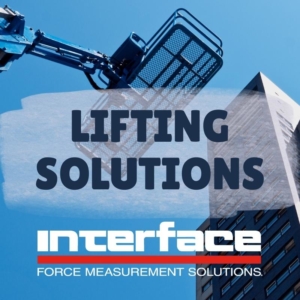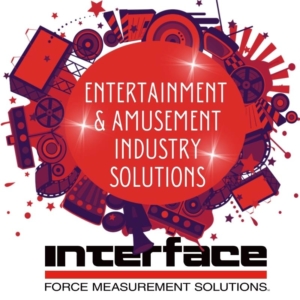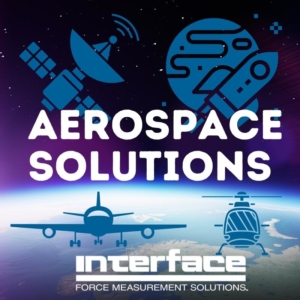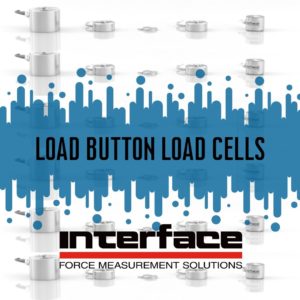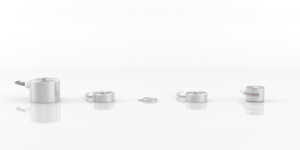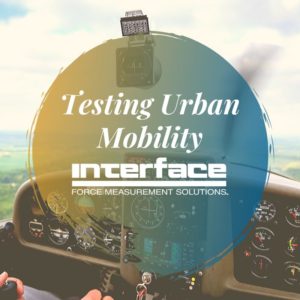Entertainment Venue Force Measurement and Monitoring Solutions
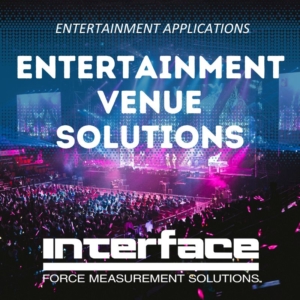
There is a great deal of critical sensor technology used to design, build, and monitor venue infrastructure and the public before and during events. Venues management, architects, product makers and engineers take inordinate steps to protect people from bodily harm, risks, and hazard-related threats. This also includes the detailed real-time monitoring for venue infrastructure, staging, equipment such as speakers and monitors, and special apparatus used for entertainment, whether it be musical, theatrical or sports related.
Interface provides torque and force measurement solutions to the global entertainment and amusement industry used in entertainment venues around the world. To ensure attendee safety of any event, force measurement sensors are ideal for monitoring of large pieces of equipment and infrastructure. This is especially critical for outdoor venues where the elements, such as wind and rain, can pose serious safety hazards.
From the monitoring of backstage rigging devices to heavy lifting equipment for sets and lighting, Interface offers a broad range of measurement and weighing solutions. Our products are used for staging, displays, filming and drone equipment, as well as theme park machines and robotics, as detailed in our Entertainment Solutions Overview.
In addition to real time monitoring, the tried and true use for force measurement sensors is in testing during the development and design stages. The entertainment industry is experimenting with a wide variety of new and engaging experiences for the audience, a lot of which involves massive infrastructure or robotics and animatronics. During live entertainment, you never want to put something as technical and complex as a mobile stage or robotic personality out in front of people without thorough testing. Interface sensors have been used to test these types of applications. Accuracy of our products ensures the manufacturers receives the data they need to confirm and produce designs used for and by various forms of entertainment.
We have recently put together a wide variety of applications notes outlining these exact types of entertainment industry applications used in venues to demonstrate how Interface products help to meet compliance requirements, improve safety, and mitigate risks for patrons, crews, entertainers, athletes, and staff while providing an entertaining experience.
Outdoor Festival Venue Wind Monitoring
An outdoor festival was occurring in a large outdoor venue for multiple days. Outdoor stages pose a risk towards high wind speeds, which need to be monitored in case a storm passes through. This is to ensure safety for all personnel on site of the festival to avoid any accidents. Interface suggested installing the WTS-WSS Wireless Wind Speed Transmitter Module on the outdoor stage. Wind speed results were wirelessly transmitted to the customer’s PC through WTS-BS-4 Wireless Base Station with USB Interface in Industrial Enclosure. It can also be transmitted to the WTS-BS-1 Wireless Handheld Display for Unlimited Transmitters Data can be displayed, logged, and graphed with supplied Log100 software. Interface’s WTS-WSS Wireless Wind Speed Transmitter Module combined with Interface’s Wireless Telemetry System was perfect to monitor the wind speed during the outdoor festival. Read more here.
Venue LED Screens
A customer constructing a huge venue wanted to weigh their very large LED screens. They also wanted to measure the force of the structure that is supporting the screens, to ensure stability and structural integrity. Interface suggested their LW General Purpose Load Washer Load Cells be assembled within rods that are part of the support structure. The LED screen hung off the structure, which connects to the rods. The compression forces applied to the rod were measured by the LW’s installed in between. The load washers were paired with WTS-AM-1E Wireless Strain Bridge Transmitter Modules, where the force results are wirelessly transmitted to both the WTS-BS-1 Wireless Handheld Display for Unlimited Transmitters and the WTS-BS-4 Wireless Base Stations with included Log100 software. Interface’s wireless load washer system successfully weighed the forces of the large LED screen for the customer’s new venue.
Venue Animatronics
Animatronics are used throughout entertainment industry. From amusement and theme parks to movie sets, animatronics need to be accurately calibrated when they move, therefore the torque of the limbs must be tested. Interface’s MRTP Miniature Overload Protected Flange Style Reaction Torque Transducer were connected to the servo motors in the limbs of the animatronics that make it move. The customer monitoring the animatronics viewed torque results on their PC when the transducers are connected to the BX8-AS BlueDAQ Series Data Acquisition with Industrial Enclosure. Using this solution, the customer was able to record the force results of his metal bending machine with Interface’s Wireless Telemetry System.
This is just a sample of the entertainment industry applications Interface force sensors can serve. We’re also heavily involved in provide standard and customized solutions used in testing and monitoring drones, touch screen calibration, equipment and infrastructure testing, and more.
